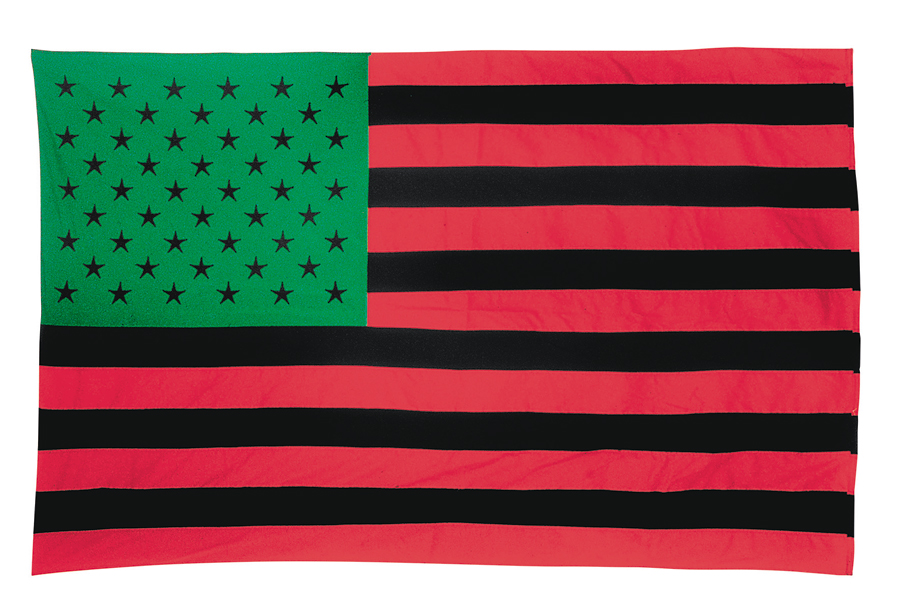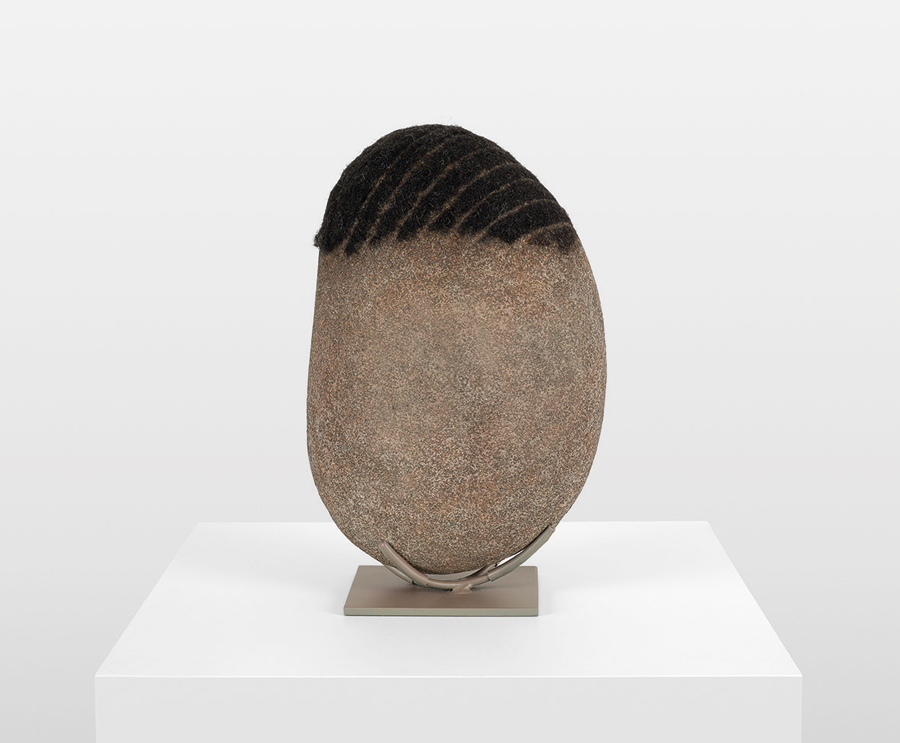David Hammons
Mnuchin Gallery, New York & The George Economou Collection, Athens
Mnuchin Gallery, New York & The George Economou Collection, Athens

Both surprise and disappointment accompanied news that two major David Hammons exhibitions were to open this spring and summer. Surprise because the famously reclusive artist was going to have two comprehensive solo shows in quick succession; disappointment because, if true to form, as someone who has always bucked the expectations of the art world’s circadian rhythms, this would mean another long hiatus between exhibitions. That these two shows were some 5,000 miles apart – one in the opulent townhouse on Manhattan’s Upper East Side that is home to Mnuchin Gallery, the other in shipping magnate George Economou’s space on the outskirts of Athens – was also not unproblematic. That anyone wanting to see both would have to travel so far, at no mean expense, seems a tribulation the artist – who once labelled art goers ‘the worst audience in the world’ – might quietly enjoy. After all, Hammons has long made it his mission to puncture the presumptions and comfortable privilege of a still largely white, affluent art world. Geographical breadth aside, these shows mark a significant moment for the artist, who is now 73: a two-part global retrospective of sorts, comprising the largest sustained exhibition of the artist’s work from the past half century. Seeing Hammons's work en masse gives them a new urgency at a time when social tension over wealth inequality and race relations in the US has seemed as close to boiling point as it has been for 25 years.

Despite the timespan covered by the exhibitions, each figured a teasingly curt selection of works – more greatest hits than anthology. Both open with the performance-begetting arrangement of three microphones, Which Mike do you want to be like ...? (2001), referring to those three demigods of black sporting and musical fame: Jackson, Jordon and Tyson. At The Economou, curator Mark Godfrey went for the slam dunk with two more signature works in the opening gallery: a basketball hoop with a car windshield as backboard (Untitled, 1989) and the Stars and Stripes recoloured in Marcus Garvey’s red, black and green (African American Flag, 1990).
It was in the early 1970s that Hammons’s body prints – made by coating himself (and others) in grease, pressing the flesh against paper and adding black pigment – catapulted the artist into the limelight of the New York art scene. A few of these feature across the shows, with The Wine Leading the Wine (c.1969) at the Economou probably his best example, and Spade (Power for the Spade) (1969) at Mnuchin not far behind. Both display an insatiable appetite for confronting the slurs and stereotypes aimed at the black community with a biting wit.

Yet, the means of Hammons’s critique is always varied enough to catch you off balance. A restless dexterity with materials characterizes his output: take, for example, the totemic sculptures made of stone and hair swept from black barbershops in the artist’s neighbourhood of Harlem, which appear in both shows; or the dreadlocked figure made from tyre inner tubes (Rubber Dread, 1989); or the repurposed African tribal-mask assemblages Hammons extends outwards from the wall in a Marinetti-esque pastiche of a black ancestral history (Untitled, 1996). Hammons is never one to leave a pun on the shelf, and both shows include versions of his famous In the Hood (1993), a cut out hoodie hanging from a wall, which references that garment’s association with petty crime in low-income neighbourhoods, and its role in racial profiling.

Though predominantly sculptural, a performative element underlies Hammons’s work. On Mnuchin’s first floor, stubbed cigarettes littering and puncturing a fine fabric screen and a glistening chandeliered basketball hoop are the ghosts of actions: one of which did take place (the artist smoking); the other that could never happen (a pick-up game in the gallery). See, too, the glass snowball commemorating Bliz-aard Ball Sale – the artist’s famous 1983 performance on Cooper Square, where he sold snowballs priced by size – and an accompanying letter from a collector complaining about being unable to find a single insurance company to cover one they wanted to buy. Hammons is an artist who knows he is expected to perform, but takes pleasure in implicating his audience.

If one thing did make sense about these shows’ locations, it is that Hammons is just as much a collector as the spaces’ owners: not of art but of stories. He uses the myths and fables that have accrued around his persona to make a point about misconstrued notions of black identity (still sadly contested, as evidenced by the continued shootings of black people by police in the US): black history packaged through his own personal experience. These shows felt, in some respects, like an artist finally relenting to tell that story, but on his own terms. Furtive, mischievous, absent then suddenly present, Hammons seems perennially to be a step ahead of an art world that will always want more from him than he is prepared to give away.
Main image: David Hammons, The Wine Leading the Wine, c.1969, body print, 1 x 1.2 m. Courtesy: The George Economou Collection, Athens; photograph: Bill Orcutt























